- Home
- Aerial Landscape
Paint An Aerial Landscape.
A New Perspective.
Painting an aerial landscape gives you a whole pile of insights into the landscape that you don’t ordinarily get. It’s a great opportunity to experiment with techniques. Distance can also be a “get out of jail free” card. Houses, trees, animals and people, can all be suggested with the right brush technique and flashes of colour.
All sorts of patterns emerge when you start looking at the world from above. There’s that classic image of the patchwork quilt of crop paddocks receding off into the distance.
The thing that I enjoy most about painting a landscape from above is playing with the shadows. You really can create an incredible sensation of dimension by carefully observing and applying your shadows. We have some lovely red soil here in parts of Australia, allowing gorgeous purple shadows. If you draw them out nice and long and follow the contours of the land, it creates a spectacular kaleidoscope of colour.
When painting an aerial landscape, you can often exaggerate colour. Because you’re painting it from an unusual angle, it allows for a certain amount of abstraction of shape and colour. You really can play. Somehow, there is less pressure to achieve a “realistic” painting. Interestingly, many aerial photographs tend to look “painterly” (because of the abstraction due to the angle) and it is difficult to at first see that it is a photograph.
Next time you’re in an aeroplane, look out the window at the patterns, shapes and colour of the landscape below. Try and imagine the elements of those images made with a paintbrush.
Shadows, for example could be long, drawn out marks made with a wet brush. Trees can be represented using a dry round brush and a jabbing, dabbing technique. (Great for removing frustration - remember not to jab and stab with too much gusto. You’re artists for God’s sake, how stressed can you be?).
Even splattering flecks of paint onto damp surfaces can create a lovely illusion of bushes and trees on a desert plain. Add some shadows, voila, instant aerial beauty.
An aerial landscape example:
Experiment with all this. At the very worst, it’ll help improve your brush technique. At best, you’ll have a lot of fun, produce a masterpiece, and retire with millions :)

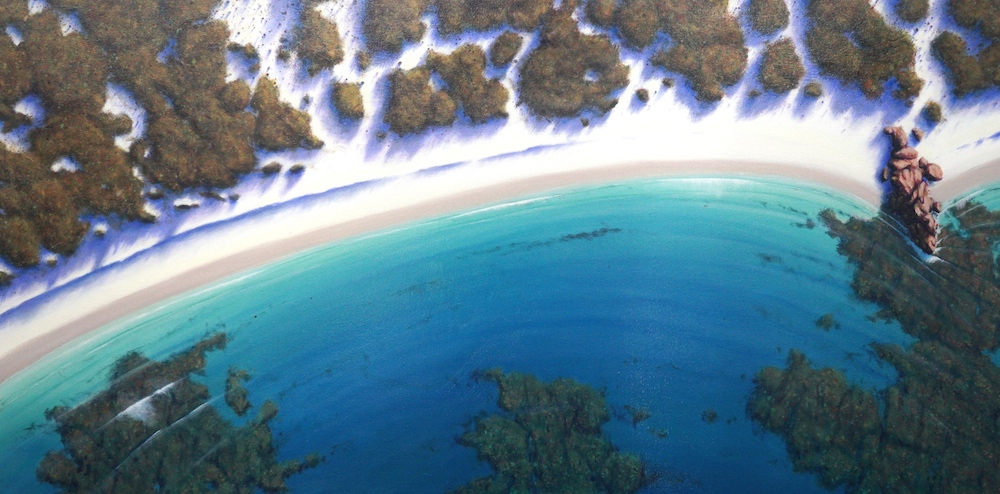
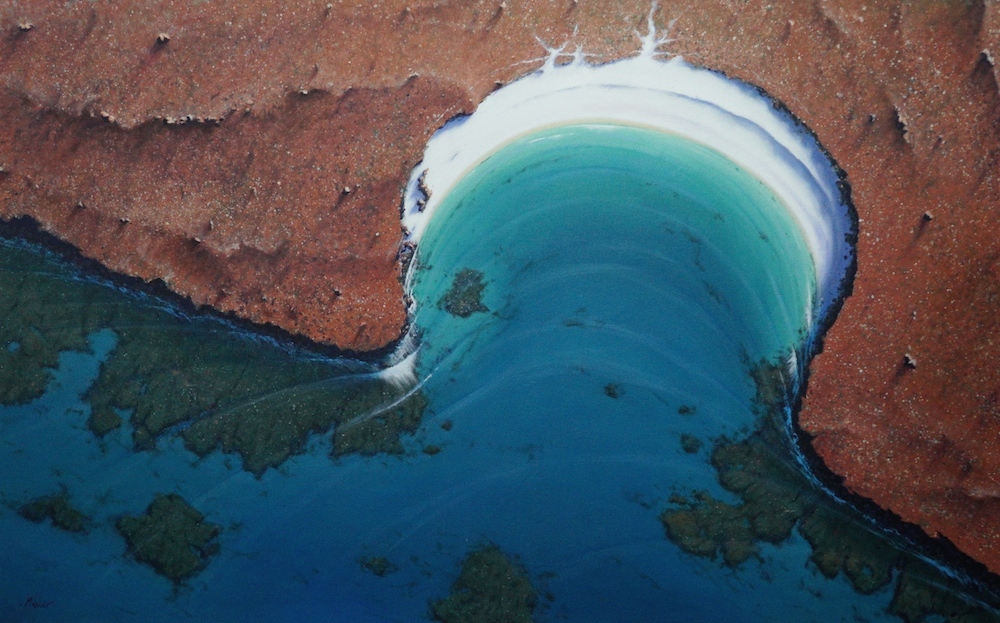
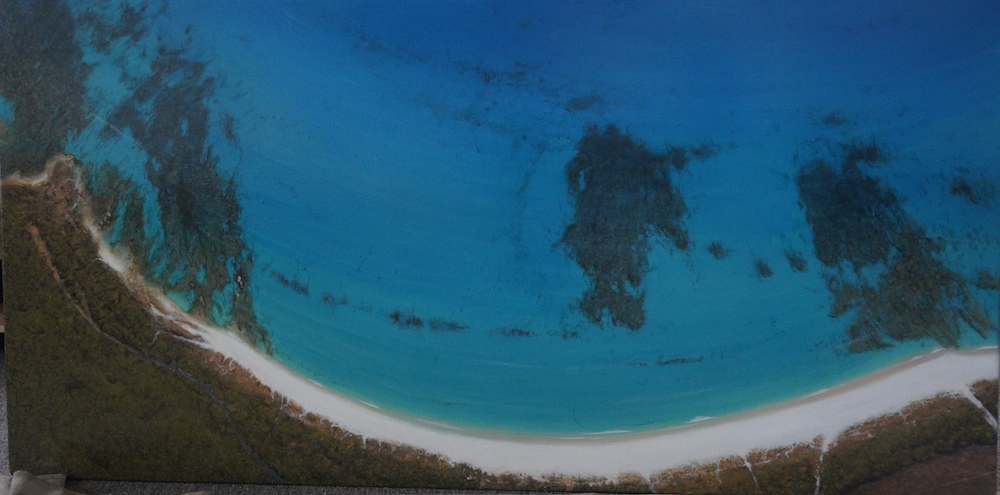
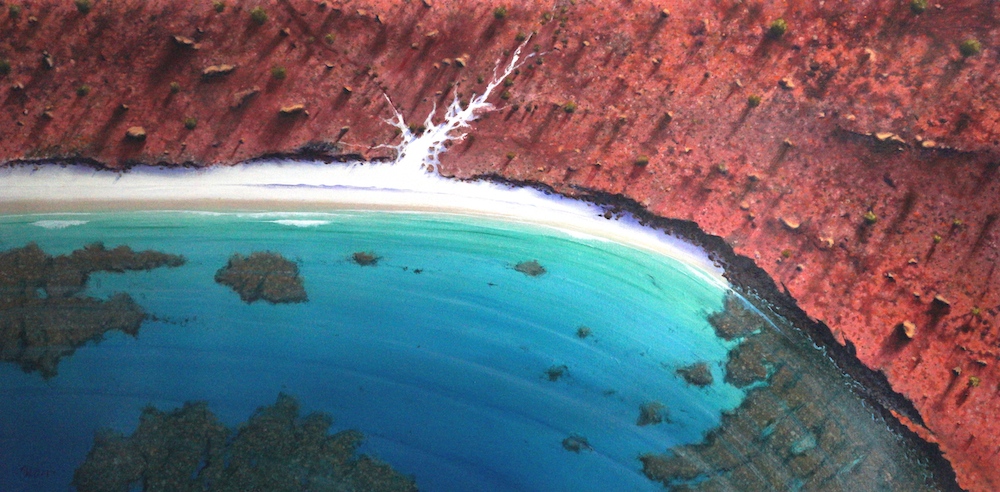
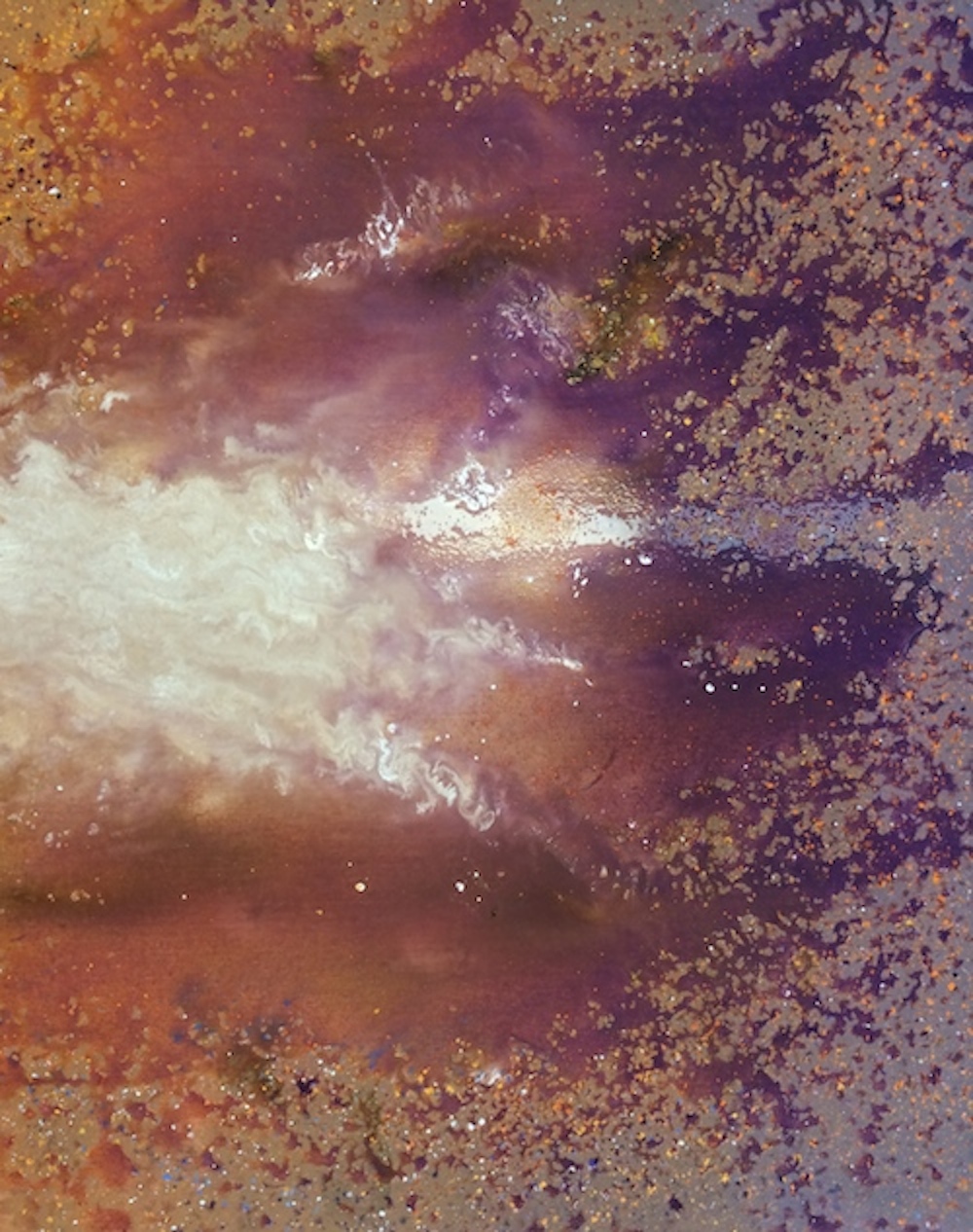
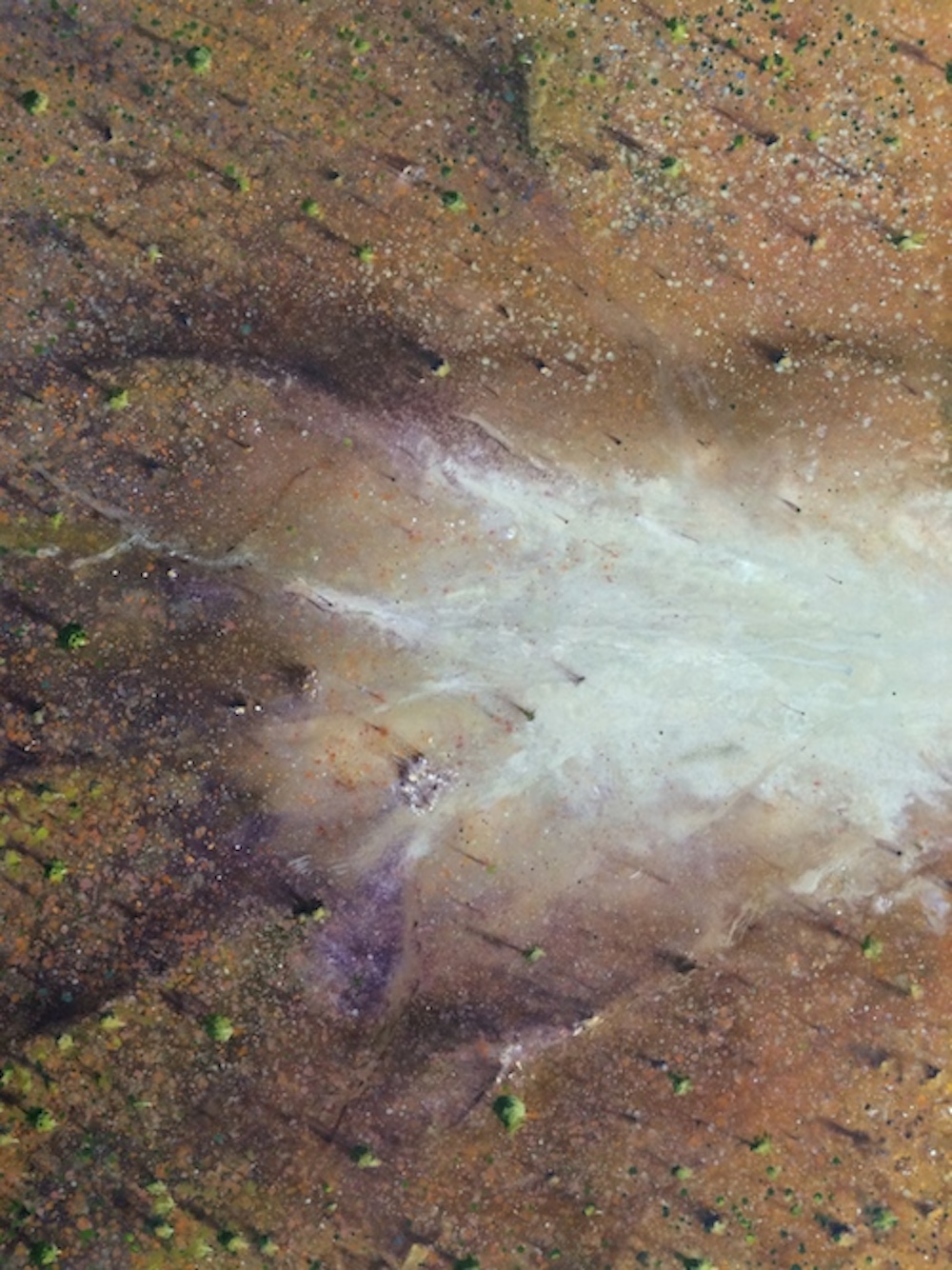
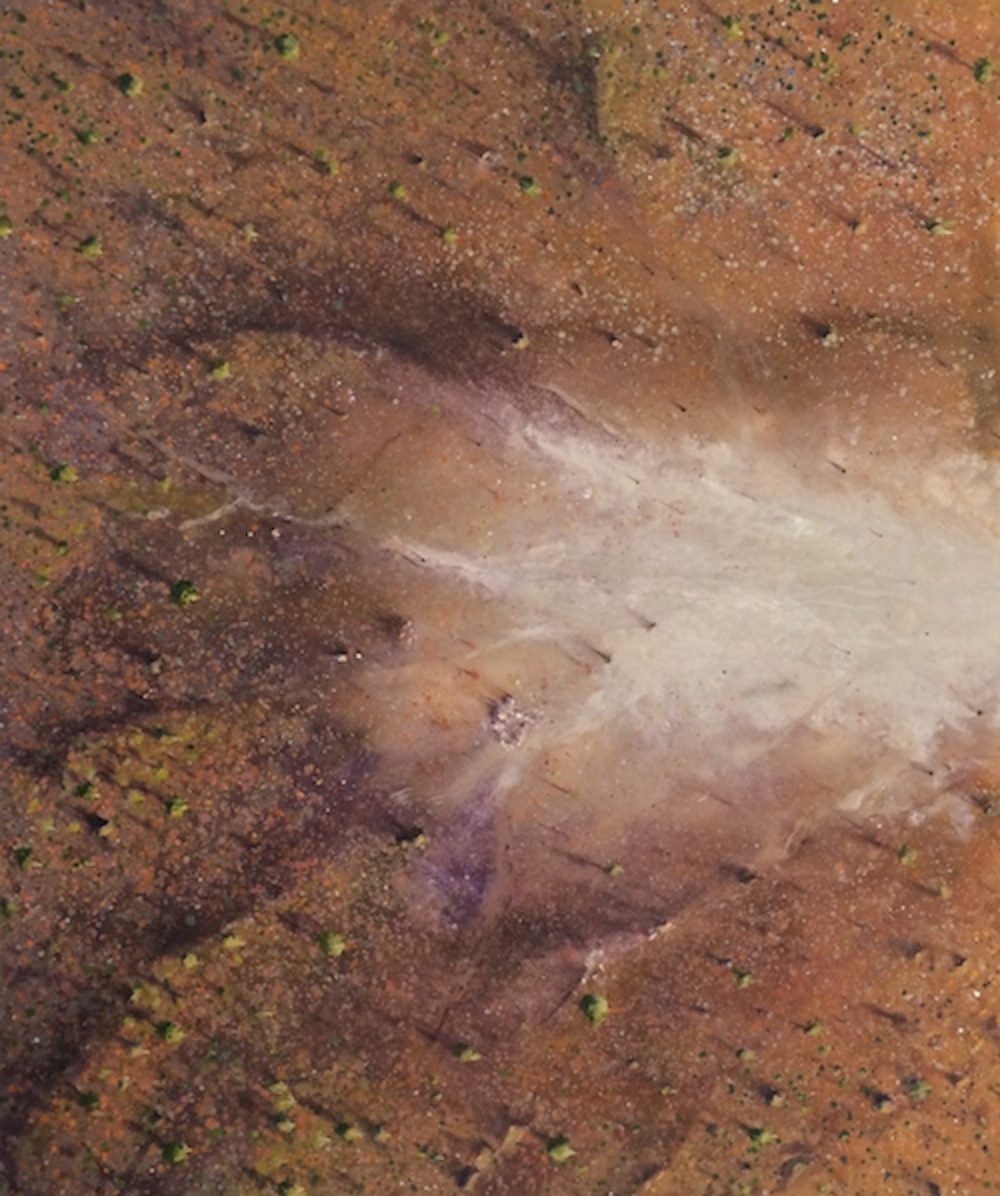

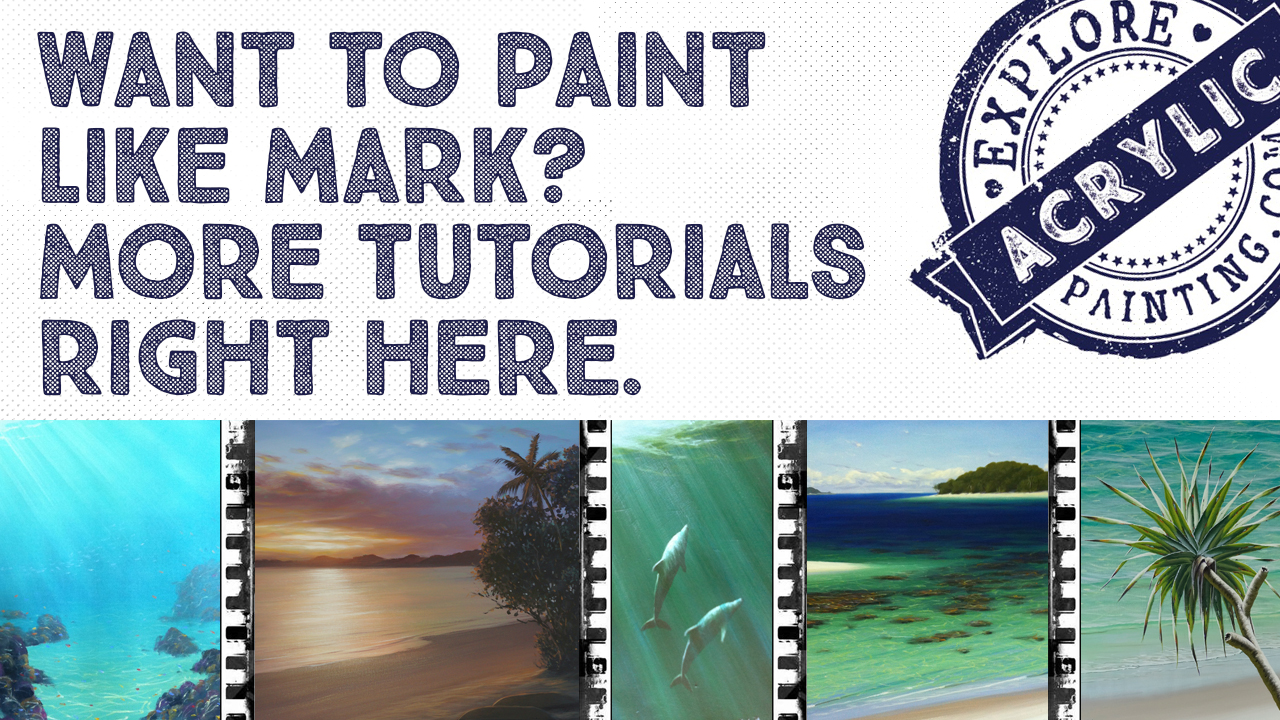
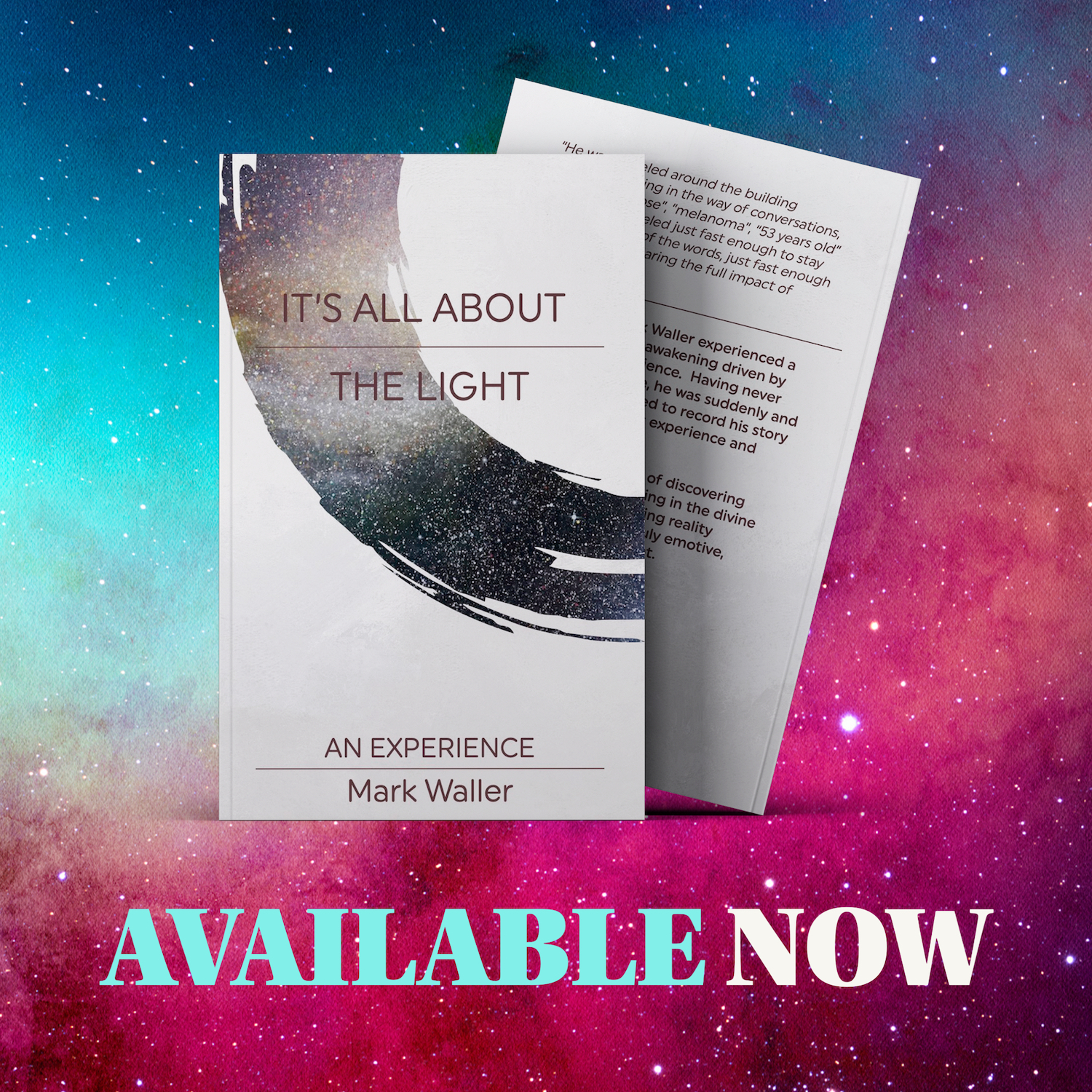

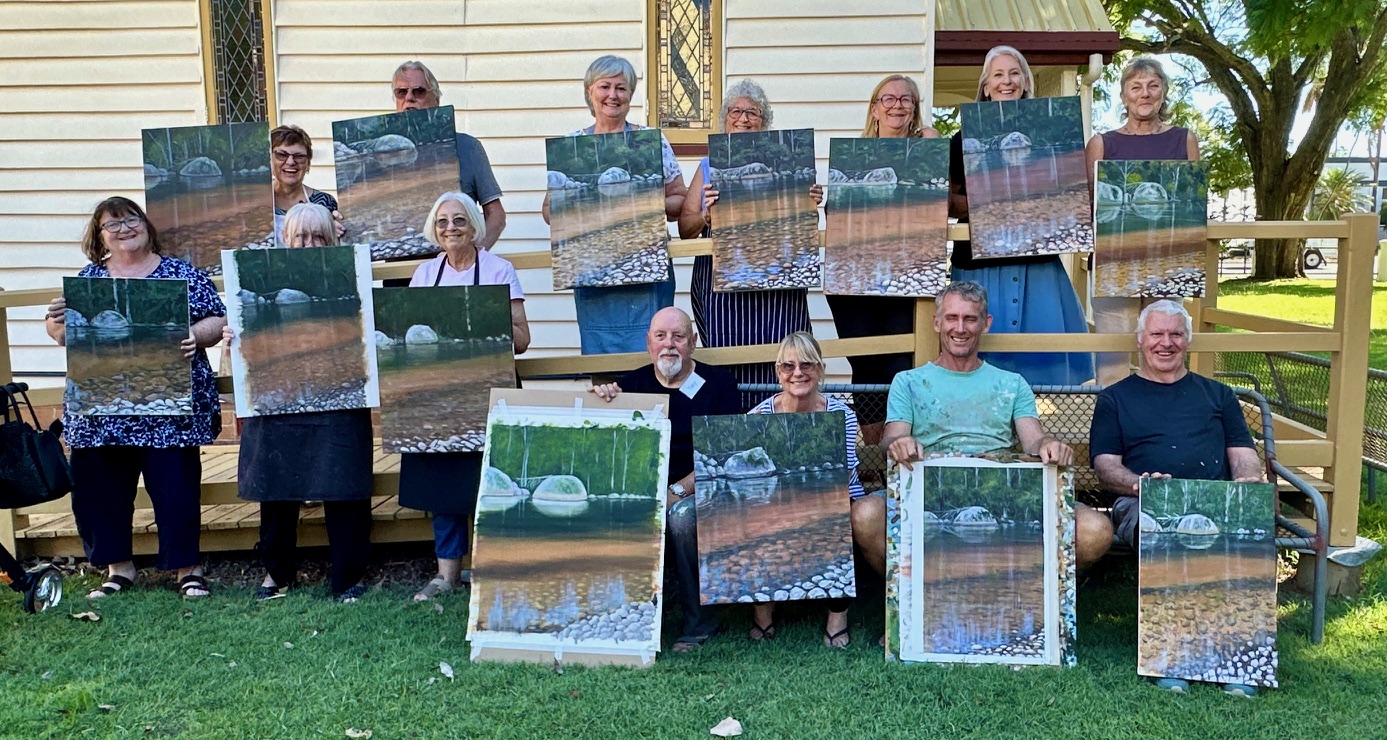







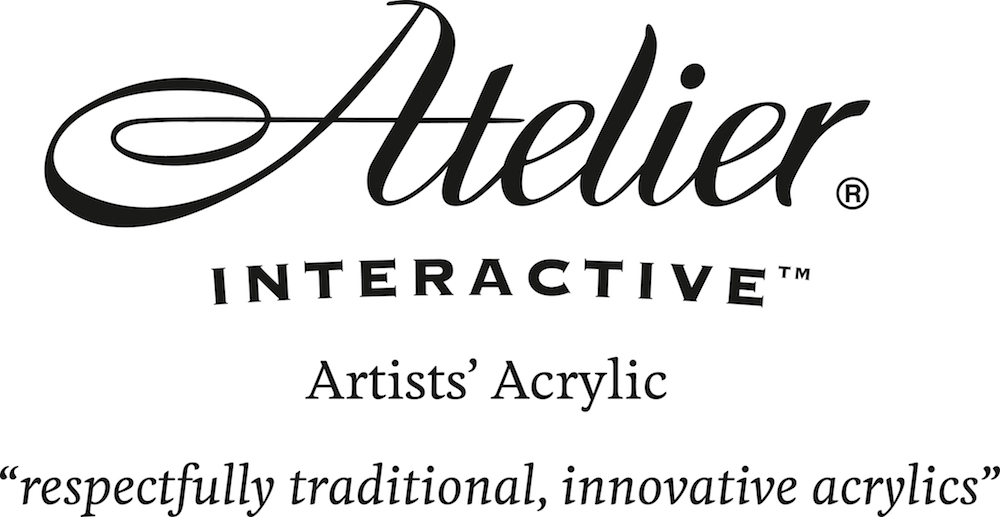


New! Comments
Have your say about what you just read! Leave me a comment in the box below.